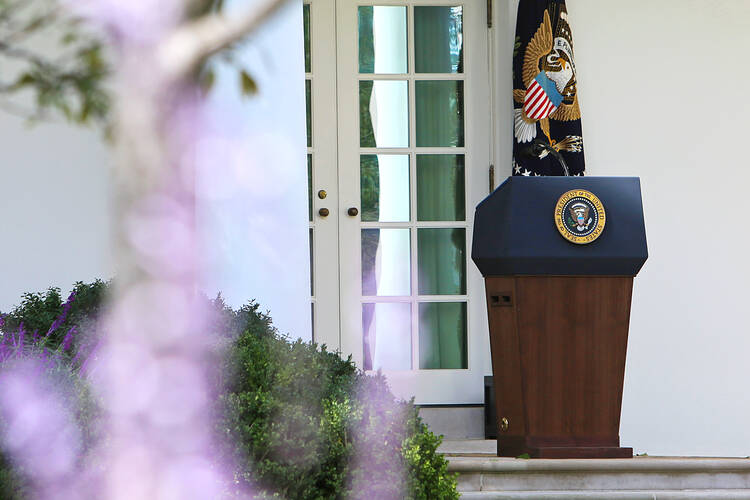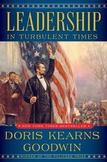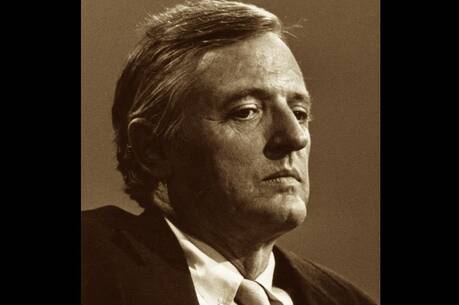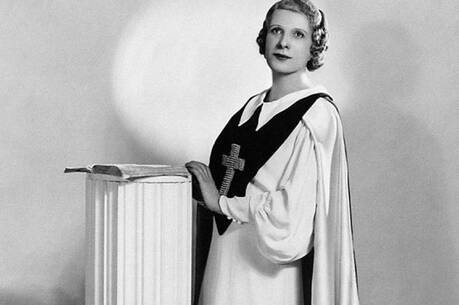Review: Doris Kearns Goodwin on four presidential leaders
With Leadership in Turbulent Times, the Pulitzer Prize-winning historian Doris Kearns Goodwin has written another page turner about four of America’s greatest presidents: Abraham Lincoln, Theodore Roosevelt, Franklin Roosevelt and Lyndon Johnson. Based on previous research (she has already written books about the four), Goodwin divides her study into four thematic areas: ambition and the recognition of leadership, adversity and growth, leadership and crisis management, and the post-presidential years.
The heart of the book focuses on crises that each president faced: Lincoln’s issuance of the Emancipation Proclamation in 1862-63; Theodore Roosevelt’s resolution of the coal strike in 1902; F.D.R.’s first hundred days of the New Deal in 1933; and L.B.J.’s efforts to push civil rights bills through Congress in 1964 and 1965.
The book is not without its flaws. The bibliography should have been organized separately around each president instead of as an alphabetical listing. Secondly, Kearns Goodwin cites a two-page bibliography of business books on leadership skills, but I do not know how these books informed her in her discussion of the ways that the four presidents managed their respective presidencies. Some mention is given to the way each president managed to combine transactional leadership (wheeling and dealing) with transformational goals that appeal to the highest ideals of the nation. Lincoln and Johnson, for example, aspired to eliminate slavery and segregation, while Theodore Roosevelt and F.D.R. fought to make the industrial system of civilization more humane.
Doris Kearns Goodwin’s strength is in the way she captures the presidential scene with companionable prose.
A third criticism concerns the organization of Leadership. I found it easy to follow the four major headings—the presidents’ early lives, pre-presidential crises, successful crisis management, and post-presidential careers—which lumped together all four presidents. But the general reader might have been served better if each president was treated in separate chronological essays.
In spite of these caveats, Leadership is a wonderful read. Goodwin’s strength is in the way she captures the presidential scene with companionable prose that most professional historians are unable to capture. Picture, for example, the gangly six-foot four-inch Abraham Lincoln riding his horse three miles from the White House to the Soldier’s Home, where he often slept. Or Theodore Roosevelt gritting his teeth, wishing he could throw out the window one of the industrial barons for his arrogant attitude toward the workers during the 1902 coal strike.
This article also appeared in print, under the headline “Four presidential leaders,” in the May 13, 2019, issue.









